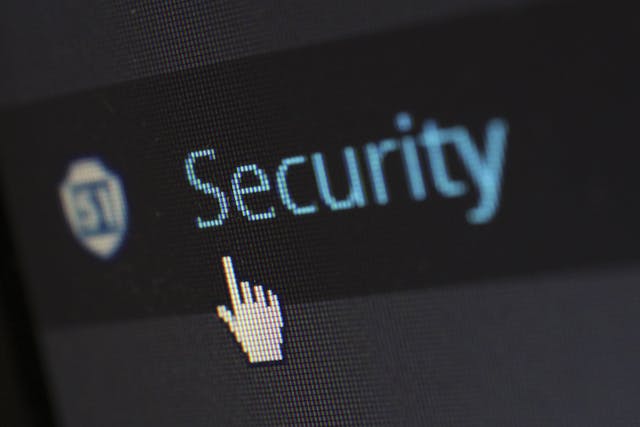As a business, have you fully understood the potential risks of cyberattacks? It’s not like at home when a good firewall or password is enough to keep your details safe. For businesses, the risk of cyber threats is exponentially higher, and the requirement for more stringent protection isn’t just a mere suggestion but a legal requirement. Knowing that the average cost of a successful cyber attack can be $25,000 and small businesses make up a massive 43% of cyber attacks worldwide each year, the importance of protection really starts to hit home, doesn’t it?
But are you fully protected? Have you taken the proactive step of implementing a comprehensive overview of your business to identify potential weaknesses or breaches that put you at risk? Let’s take a look at a few angles you might have overlooked.
Payment Gateway
How you accept payments and the provider you use can either open you up to increased threats or offer you added protection. Discuss with your payment gateway provider the security levels they use and how they safeguard themselves against cyberattacks to determine if their policies and protections are sufficient for your business. At a minimum, you want point to point encryption to ensure your payments are secure throughout the entire transaction, thereby boosting your reputation and reducing abandoned carts due to security concerns.
Vendor
Your vendors need to be engaging in cybersecurity practices. Otherwise, your company details and systems are also at risk. Negligent behavior on the part of vendors means you are also exposed, and this can be a sneaky yet efficient way for cybercriminals to target multiple businesses and increase their success rate. Take control and talk to your vendors. Make it your business to know what security practices they have in place, what protection they offer you, and how your details are secured to provide you with greater peace of mind.
Social Media Phishing
Phishing attacks aren’t new; they have been occurring for many years now. However, these days, they also involve tricking people into clicking on links on social media accounts. One of the more common phishing attacks used on social media accounts involves communications related to the platform itself, warning you of violations and instructing you to follow steps to resolve the issue. Never follow or click links, and always disregard these messages. If you breach the terms and conditions, the platform in question will reach out via genuine channels, not direct messages or fine requests, to alert you to how to resolve the issue. This will typically be via notifications to your account.
Malvertising
Malvertising occurs when an attack creates legitimate-looking advertisements to target users. Once they click through to the fake website, the device is infected, and the malware spreads across networks. Using cybersecurity and browser protections can help you reduce the risk of this occurring. Additionally, limiting personal online use can also help. However, ensuring that employees only click through legitimate links or visit websites directly rather than via ads can help you avoid this new and emerging threat.










